Address
Vision Green Solutions GmbH
Am Mittleren Moos 48
86167 Augsburg
Business hours
Mo - Fr: 07 - 19 Uhr
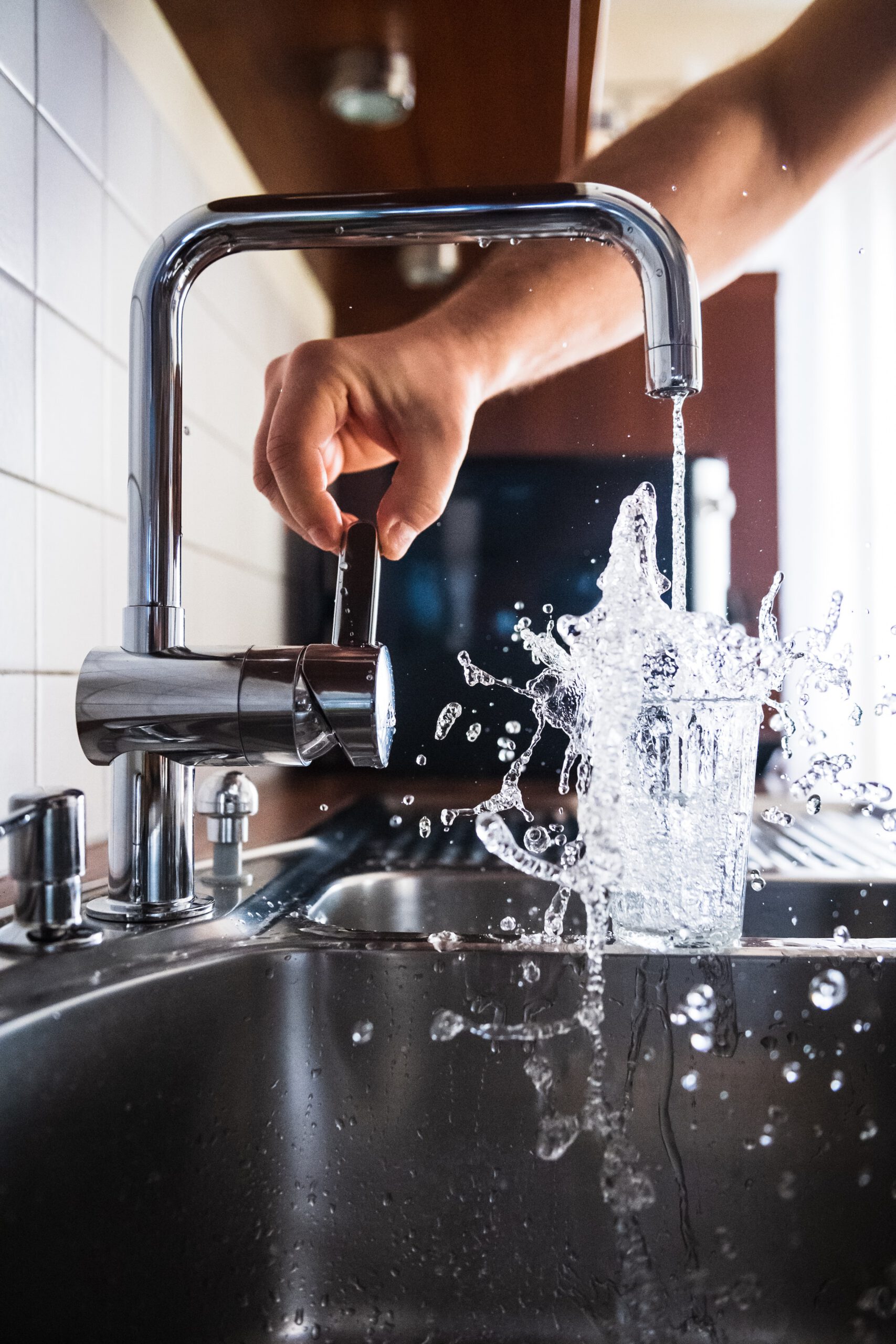
Water, the vital resource, is of crucial meaning in shaping our future. Because this resource is vital, it is imperative to understand the complexity of its cycle on our planet and the challenges it faces because of the climate crisis. Although the significance of water is known to many, it is less known, that it is not only important to save water, but to ensure that is fairly and justly distributed. We strive to contribute to reaching that goal. If that is by treating wastewater or decentralised drinking water treatment, is secondary. We want to protect water as a resource and have internalised its value.
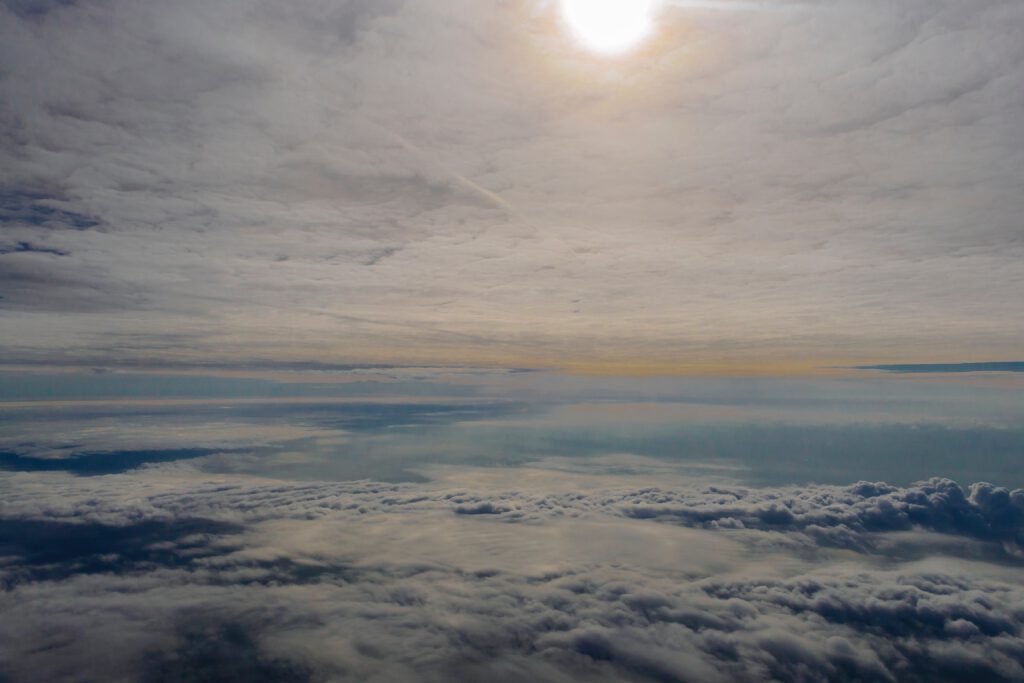
First some fundamental facts about water. Three quarters of the earth's surface is covered with either liquid or solid water. How can it be then that we speak about water scarcity as often as we do? That is because that only 2,5% of the global water are fresh water and only 0,3% of the entire volume of water are available to humans as drinking water.
Water contrary to oil, coal and gas is not a limited resources. It renews itself via a global, unending cycle. This cycle involve all water and not only fresh water. Simplified, it entails three processes: the evaporation, the condensation and the precipitation.
Evaporation mainly happens on the surfaces of the big bodies of water, for example the oceans. Liquid water heats up through the sunlight and changes its state to gaseous. The water vapour exists at all times in our atmosphere and the air we breathe. If it cools down again it changes its state back to liquid. This process is called condensation. It can occur high up in the atmosphere (clouds) and on the earth surface (fog and dew). The last step in the cycle is precipitation. The liquid water falls back on earth as rain, snow or hail and the cycle begins again.[1]
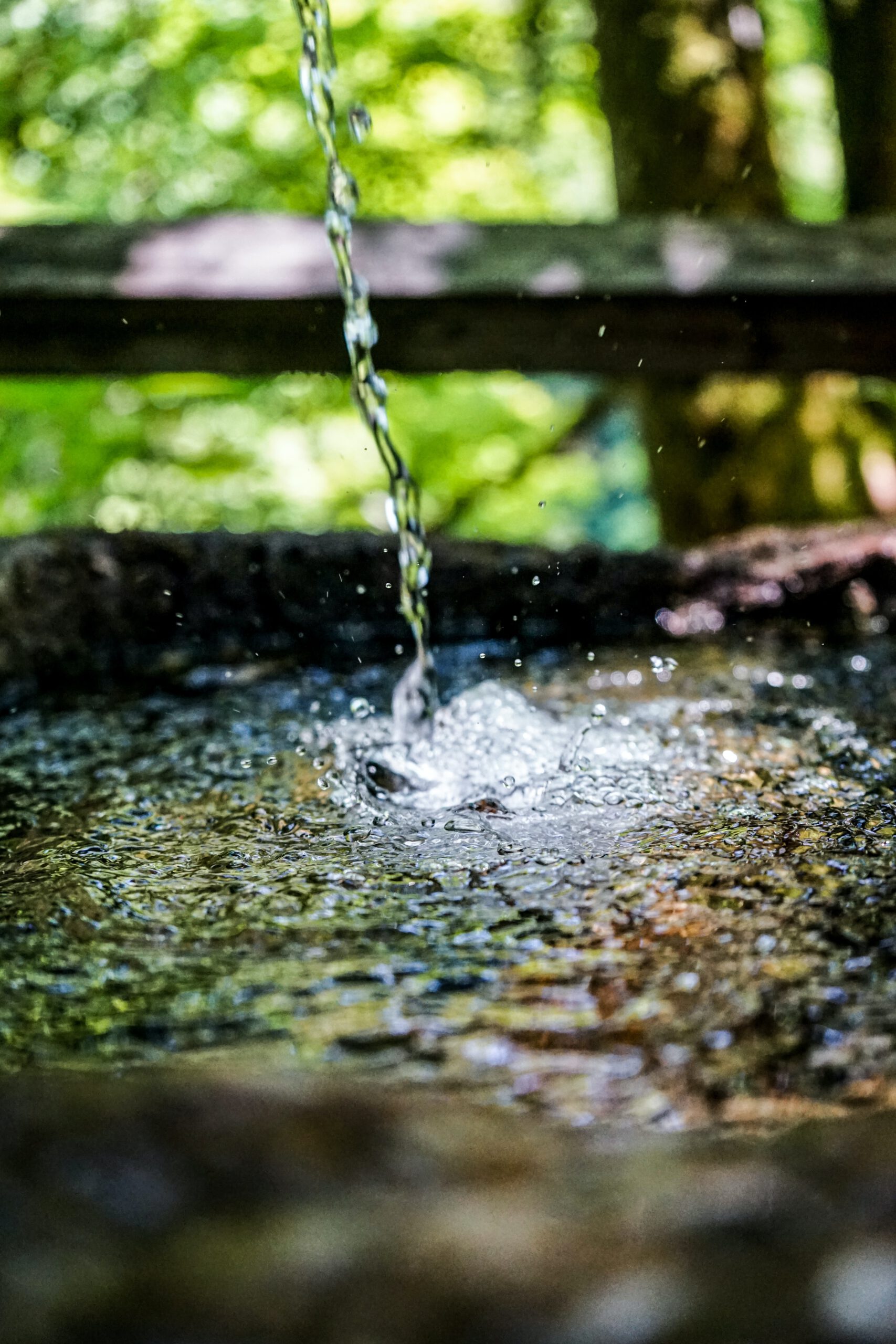
When communities or states speak of water scarcity, it is usually drinking water scarcity, sometimes about process water. The drinking water is won in big parts out of reservoirs. The reservoirs are filled primarily through the last step of the water cycle precipitation. As rain, snow and hail gets less and more unpredictable, then the local water cycle will become stressed. The local water cycle in simple terms comprises of the extraction of the water, the utilisation for industrial or private purposes, the treatment and the recirculation into the environment. Before it can be recirculated however it needs to be safe, so the water doesn't harm the environment.
For example, 70% of the drinking water in Germany is won from ground- or spring water. The other 30% are a mixture of surface water or initially surface water, that ran through filtration either on the shores of a river or under ground passages.[2] Within the last decades the groundwater levels have decreased in many places. That endangers the extraction and therefore the availability of drinking water in Germany. This is interesting, because drinking water scarcity, dry wells and drought historically are occurrences associated with different countries. The sinking groundwater levels affects the population in Europe only indirectly at the moment through the products of agriculture. For example in 2022 the harvest in the whole of Europe varied completely to the decades before because of extreme weather and drought.[3]
The challenges are even more complex, while the groundwater levels in Europe are sinking the rising groundwater levels lead to floods in other parts of the worlds.[4] While Germany is challenged with less water, in other parts of the world measures are taken to stop flooding. This fact is to visualise the global interconnectedness of the events.
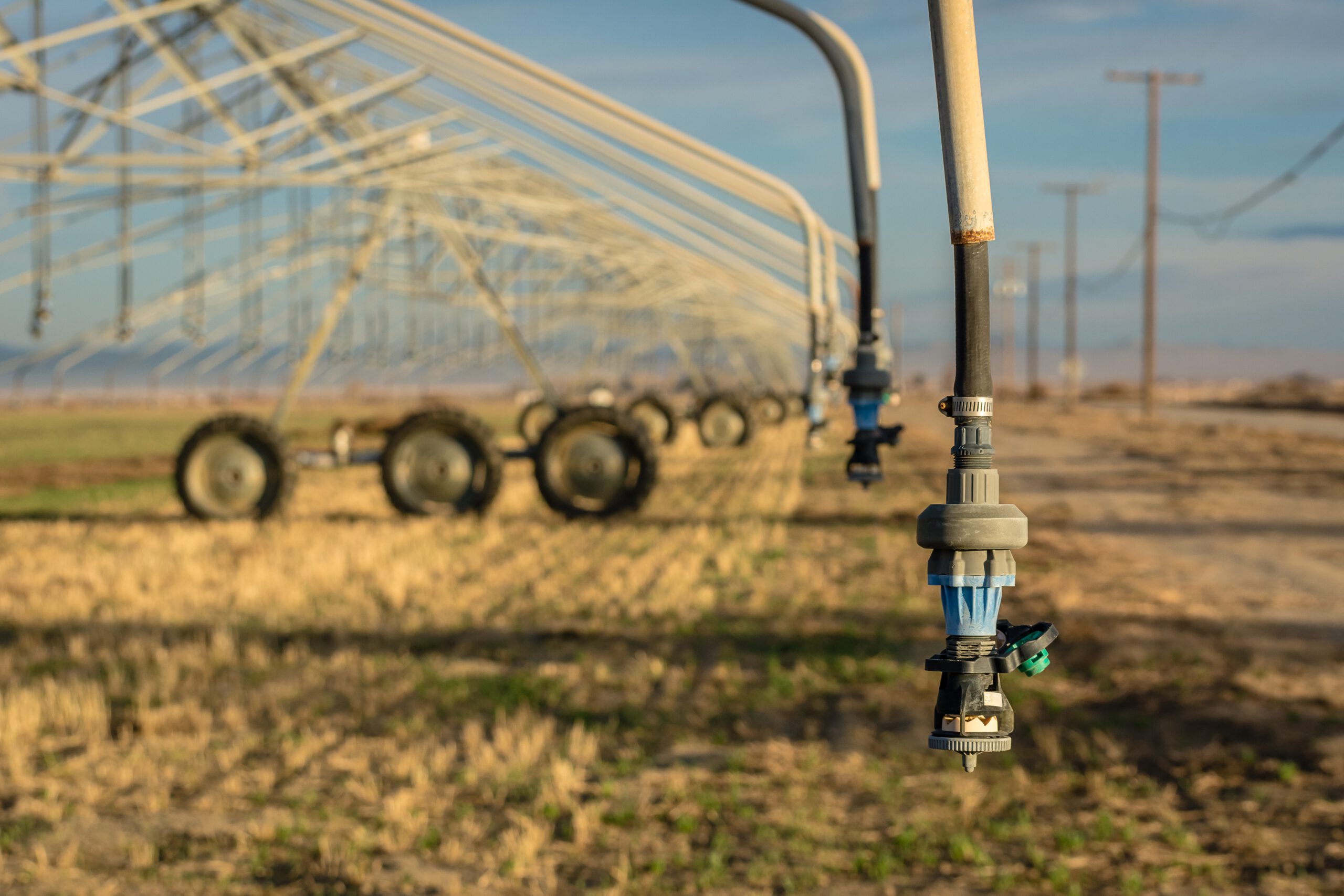
Although the global water cycle has been working for billions of years, now its stability is being challenged. The climate crisis, the pollution of the environment, the deforestation and the unsustainable use of water disturb the balance within the cycle.[5] The globally rising temperatures are changing precipitation patterns, which can affect regional water availability. For example the sinking groundwater levels in Germany are raising concerns.[6]
If this already strained water resource is then also polluted, we spin a little further down the spiral. And now we find ourselves at a point where we seek to help the cycle. The professional disinfection of water can offer drinking water quality everywhere.
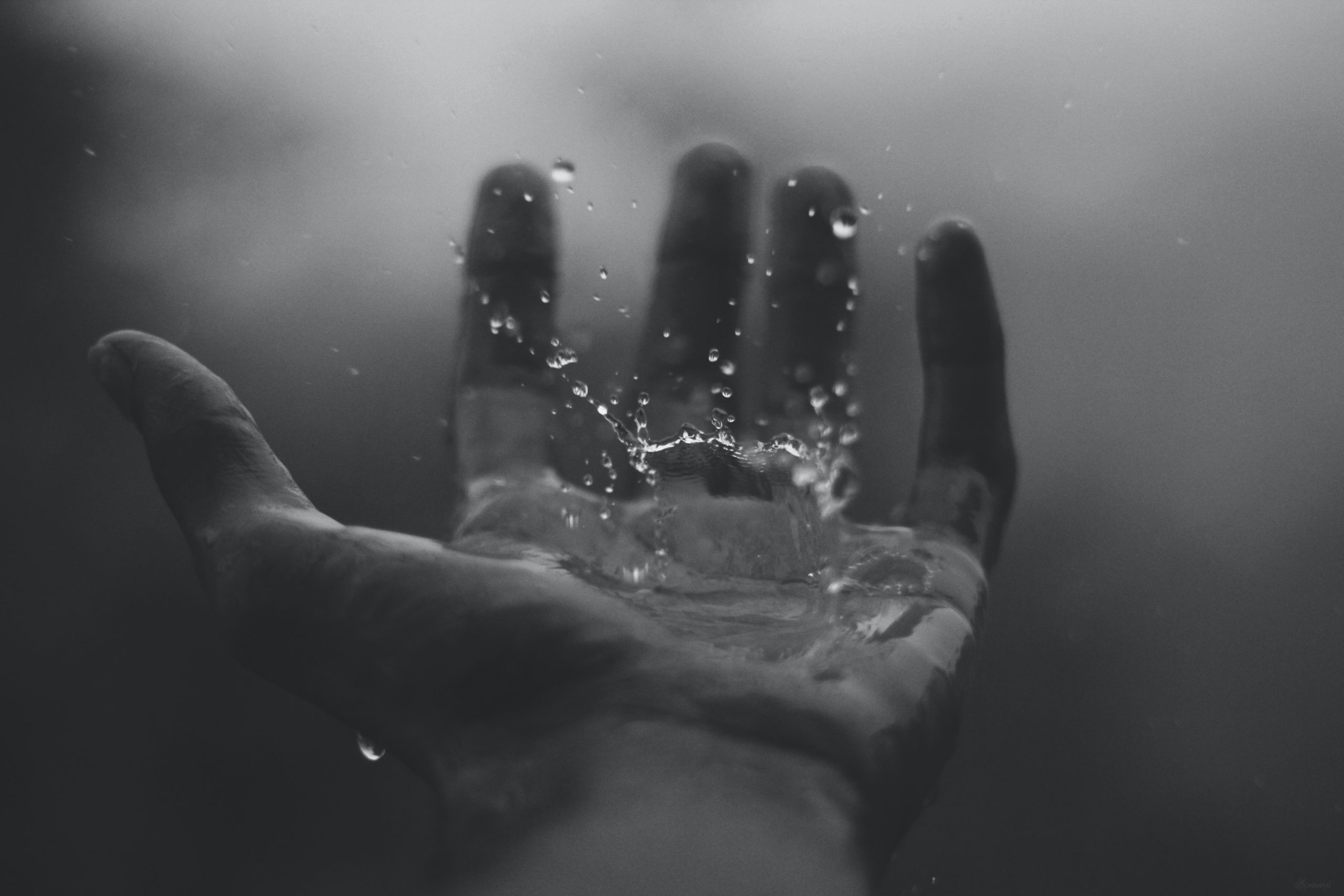
Although two thirds of the earth's surface are covered in water, the access to safe drinking water and sanitary facilities is not fairly distributed. Only 2,5% of earth's water is fresh water and only 0,3% of earth's water is drinking waster and accessible to humans.
The limited availability and the unfair distribution already lead to water scarcity and prevent the sustainable development of some communities. The insufficient access to safe and clean water often affects marginalised populations, which only enhances social injustices. This is the reason why the access to clean drinking water and sanitary facilities is one of the UN goals of sustainable development.[7]
But what to do?
Water is our passion. We've realised that the global challenges relating to water scarcity and want to contribute to its solutions. We don't only offer a disinfection product but solutions. Our production plants can be operated decentralised, therefore offering water security even in remote locations. The on-site production saves transport and prevents further strains on the environment. The water supply and its security are not only important to us but it's the key aspect for sustainable development and a sustainable future for many. We are working on a holistic approach and innovative solutions with our clients, two that water is accessible, clean and safe for everyone. A more healthy, more just and more sustainable future in watermanagement.
For all of you who would like to do some further reading:
[1] https://education.nationalgeographic.org/resource/hydrologic-cycle/
[2] https://www.umweltbundesamt.de/trinkwasser-gewinnen
[3] https://www.zdf.de/nachrichten/panorama/klimakrise-landwirtschaft-ernte-100.html
[4] https://aktuelles.uni-frankfurt.de/en/english/climate-change-and-groundwater/
[5] https://www.riffreporter.de/de/umwelt/eingriff-menschen-wasserkreislauf-klima-wald-grundwasser-fluesse-wolken
[6] https://correctiv.org/aktuelles/klimawandel/2022/10/25/klimawandel-grundwasser-in-deutschland-sinkt/#:~:text=Die%20Auswertung%20liefert%20erschreckende%20Befunde,Grundwasserstand%20mehr%20gesunken%20als%20gestiegen.
[7] https://sdgs.un.org/topics/water-and-sanitation
Bilder: Hero: Foto von Jacek Dylag on Unsplash Globaler Wasserkreislauf: Foto von Alexander Schimmeck on Unsplash; Woher kommt unser Wasser: Foto von Frank Albrecht on Unsplash; Was gefährdet den Wasserkreislauf: Foto von Steve Harvey on Unsplash; Ungleichheit im Zugang: Foto von Geetanjal Khanna on Unsplash